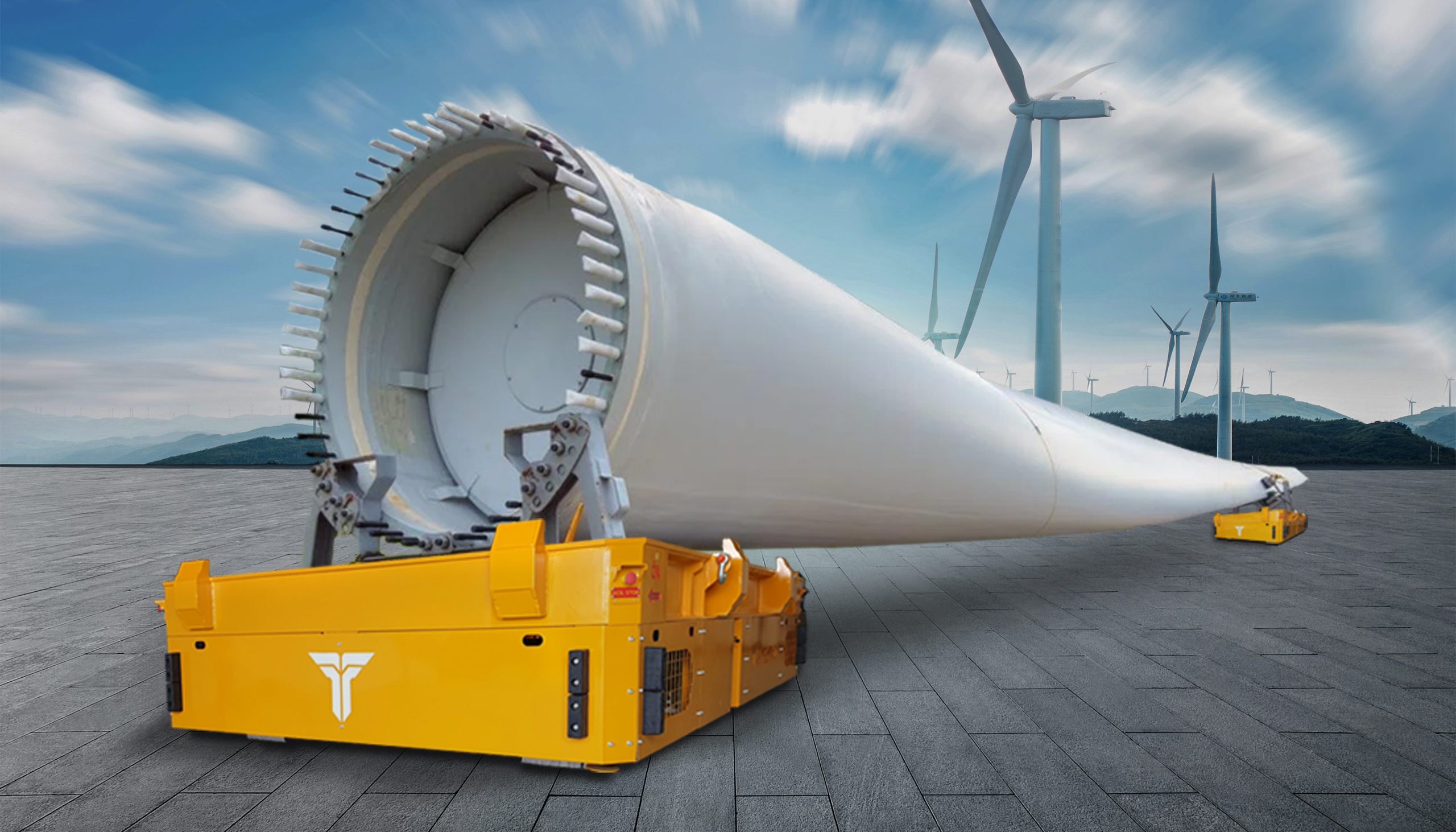FADA Engineering General Manager Ismail Hakkı Akyüz: “Our goal with our transfer vehicles is to become a global player. We want to develop products that not only transport within factories but also perform heavy-duty transportation in external operations.”
FADA Engineering, heavy industry by designing and producing autonomous transfer vehicles and manual transfer vehicles, has achieved rapid growth since entering the sector in 2021, reaching a 50% export rate not only locally but also in international markets. In addition to AGV production, FADA also operates in the ASRS sector. The company’s agenda includes an agreement with a German intralogistics company. We discussed the potential of this agreement to change the company’s positioning, as well as FADA’s future projections and its interview regarding heavy-duty AGVs with FADA Engineering General Manager Ismail Hakkı Akyüz.
Can we get to know you, Mr. Ismail?
I am Ismail Hakkı Akyüz, a high mechatronics engineer. I graduated from Kocaeli University in 2009. In 2013, I founded a project company. In that company, we completed over 600 projects in about 8 years. We implemented projects for the logistics, automotive, iron and steel, and aluminum industries. After 8 years, we decided to part ways with our partners and closed the company. Then, we founded FADA Engineering and have been serving our customers for 2 years.
FADA achieved serious success in a period of 2 years. What is the motivation behind this?
We received the registration of the FADA brand in July 2021. As a brand, we are a new but rapidly growing brand. The reason why we have grown our market share so quickly is both our industry experience and the experience of our staff. In addition, we also have experience in marketing. In this way, we quickly became able to make a serious turnover in the industry.
How did you start producing transfer vehicles?
At this point, we made a market analysis in the sector.
We focused on what the industry needs, what we should develop, and what product appeals to the industry. In my previous company, we made a lot of products because we were a project company. We have manufactured many machines such as transfer carts, various storage systems, conveyors, intralogistics solutions and special turning machines. During this 8-10 year period, we measured, which one is going the best? Transfer cars in the industry
We saw that there was more demand and we started producing transfer cars in 2013. After the closure of my project company, we started the production of transfer cars with the FADA brand in 2021, with experience from the past.
What are the criteria for choosing autonomous transfer vehicles and manual transfer vehicles?
When making a choice between autonomous type vehicles and manually controlled vehicles, Fada Engineering General Manager İsmail Hakkı Akyüz ST Storage Solutions September 2023 35 issue is all about what the customer needs. If the customer’s need is to quickly ship smaller and lighter tonnage products in their warehouses using as few people as possible, then it would be appropriate to turn to autonomous vehicles. If the customer is mostly in the iron and steel sector, energy sector, shipyard or foundry sector, he produces larger tonnage, voluminous and heavy products; It also carries these in certain quantities. For such a customer, it is possible even if the vehicle is not autonomous.
Can you give examples of the usage areas of your heavy-duty AGV systems?
AGV is said to be a vehicle that can navigate itself. These vehicles can carry high tonnage products and low tonnage products. We are more interested in those with high tonnage. For example, our customers want to store 30 to 50 tons of marble blocks, which automatically come off the line in a marble factory, for later use. Normally, there are not many companies producing AGVs over 5 tons in Turkey. Serious companies, large and small, were established. There are very good companies that I know, but when we talk about heavy tonnage, the number of manufacturers is low. That’s why it does not satisfy many manufacturers. Designing the mechanics of the vehicles we produce is a difficult task. For this reason, many companies may not be turning to heavy tonnage AGV production. When a marble factory wants to store products, it can create a storage system in its factory by purchasing an autonomous heavy-tonnage AGV that we made. Generally, companies use AGVs for shipments, not for storage. For example, an automotive factory needs to transport a 500-kilogram or 1-ton pallet from its warehouse to a certain place from the production line. Therefore, instead of using a pallet truck to pull the product and employing a staff, he uses AGV. Together with the AGV, it directly feeds the production line.

Can you tell us about the technical features of your heavy-duty AGV vehicles?
First of all, our vehicles have a carrying capacity between 5 tons and 200 tons. These can rotate 360 degrees in place by performing a rotation movement on the central axis of the vehicle. He can do a side walk, which we call crab movement. It can lift heavy loads on the table by getting under them. Can make diagonal advancement movements. We can produce these with natural navigation, magnetic stripe tracking and or manual type control. All of these vehicles have special software. Because on if you do not make the wheel angles of a 100-ton car correctly, you will have the wheels in your hands in a very short time; It is also something that is not desired by the customer. Since these vehicles are heavy tonnage, their wheel structures, the mechanics and know-how there are also very important. The upper parts of the vehicle are generally made of high carbon steel to ensure durability. It is also designed specifically for the load.
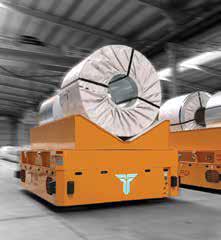
In the iron casting industry and if we are talking about the organization of transporting a high-temperature crucible, we still use steel there, but we use it together with certain insulation systems. Because if we cannot provide proper insulation, we may damage the electronic parts of the vehicle.
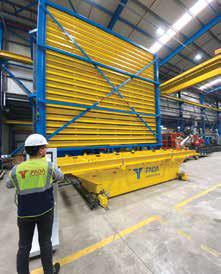
If a coil produced in steel service centers is to be carried, then we use V-type pool tables, or if flat sheet steel construction tarsi and mold-like things are to be carried, we make the top from a flat structure called flat cast. We can make the vehicle as low or as high as we want, specifically according to the customer’s request.
You provide services to heavy industries such as the energy sector, nuclear power plants, and the steel industry. The intralogistics needs in these industries are different from warehouse requirements.
What are the demands and needs of the heavy industry sector in this regard?
In the e-commerce sector, the main focus is on warehouse management. Operations involve unloading trucks, loading the warehouse, and loading orders onto trucks and vans. The operation here works on a fill-and-empty logic for the warehouse. Our heavy-duty, high-capacity vehicles are used in companies that produce large-volume products. These are facilities that do not perform storage but rather production. For example, think of a wind turbine blade; we are talking about a product that is approximately 85 meters long and weighs 30 tons. You need to transport this product from one place to another during production, and a vehicle needs to be produced accordingly for this transport. So, the need for vehicles in the warehousing sector and the production sector is completely different.
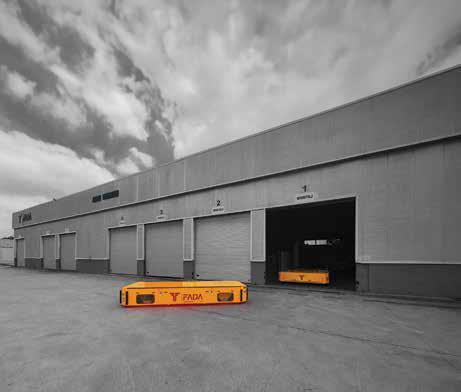
What should be considered in terms of occupational health and safety for heavy-duty AGVs?
All of these vehicles are developed to protect humans. They have safety certifications and are developed using high safety category products. For example, through special sensors called laser area scanners, if an obstacle such as a person, vehicle, or anything else appears in front of a vehicle while it is moving at a certain speed, the vehicle first slows down and then stops to protect both the person and itself. If the obstacle is not removed, it gives a warning. In this way, it protects the person, the object in front of it, and itself. This increases the safety coefficient.
In addition to being an AGV manufacturer in the Turkish market, you also carry out ASRS projects. When you start playing a more active role in the foreign market in the future, do you want to progress in the ASRS field or in the AGV sector?
What are your plans in this regard? Your plans will be shaped according to the outcome of an agreement we have been in discussions with recently. Storage is a sector we have newly entered and rapidly entered. We have completed many projects in this sector, but the continuity of our presence in this sector depends on the agreement we will reach. We are currently in talks with a reputable German company. If the agreement is finalized, we will withdraw from the storage sector under our own brand. We are currently going through a critical decision-making process. I believe Turkey’s geopolitical position is very suitable for storage systems. We are trying to evaluate whether doing this under our own brand will accelerate us more or doing it with a reputable German company will accelerate us more. If the agreement is finalized, we will be selling that company’s products in the Turkish market, but we will continue our activities in the transfer carts sector. Our goal in the transfer carts sector is to become a global player. We want to develop products that perform heavy-duty transportation not only within factories but also in external operations, targeting not only companies that transport within factories but also those that perform heavy tonnage transportation in external operations.
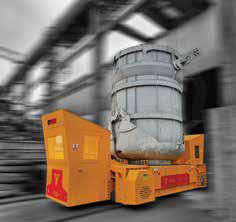
With this agreement, the positioning of your company can certainly change significantly. Besides this, do you have any new plans, projects, and investments that you plan to implement?
FADA Engineering is a 2-year-old company. The difference between its growth in the first year and the second year was 2-fold. This year, we also expect a 2-fold increase in growth rates. After achieving this growth, we will need to expand our field and start using our full capacity. Therefore, we are considering making a new land and equipment investment by the end of the year. After that, we plan to rapidly grow and introduce our products to the global market. Currently, our export rate has approached 50% in the last 2 years. Our export focus is to enter the European market first and then the American market.

